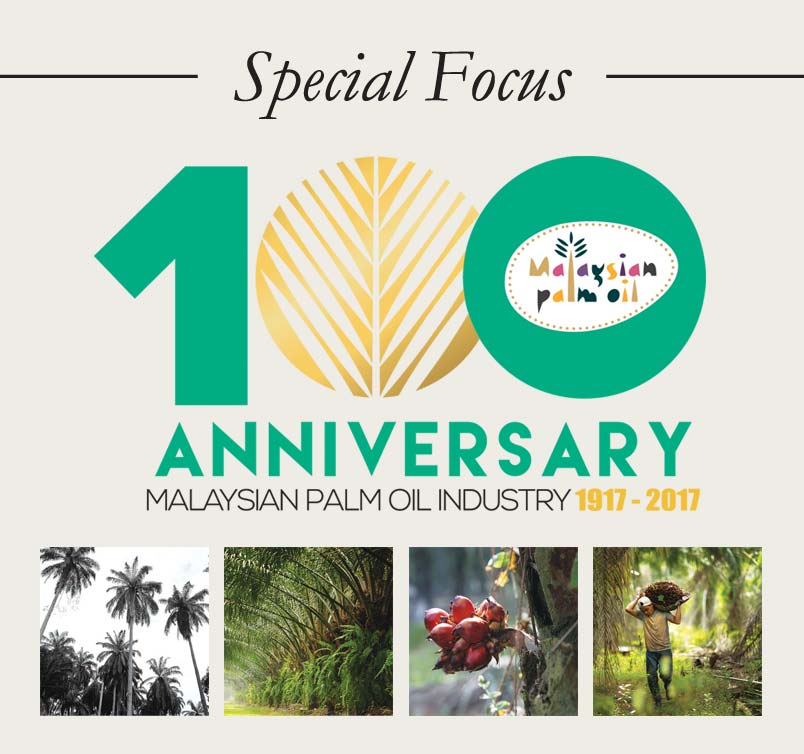




Then-Malaya’s first commercial oil palm was established at Tennamaram Estate in Batang Berjuntai, Selangor
The oil palm (Elaeis Guineensis) is indigenous to West Africa where it is found in the region between Angola and the Gambia. It was introduced to Southeast Asia when planted at the Bogor Botanical Garden, Indonesia, in 1848. In the 1870s, Malaya received its first batch of oil palm from the Royal Botanic Gardens in Kew, England; this was planted at the Singapore Botanic Garden. Its appearance made it suitable for use as an ornamental plant; soon, the tree became a common sight along major roads, in front of government buildings and in public parks.
The 19th century Industrial Revolution in Europe prompted many young entrepreneurs, including a young Frenchman Henri Fauconnier, to travel to the Far East to make their fortune. In 1905, Fauconnier arrived in Malaya and months later established a coffee plantation with his friends in Rantau Panjang, Selangor. In 1911, he visited Andrien Hallet’s oil palm development in the Deli region of Sumatra and was impressed. He purchased some oil palm seeds from Hallet and brought them back for experimentation at his estate.
When rubber and coffee prices began depreciating, he returned to Sumatra in 1912 to obtain more oil palm seeds. He planted these at Tennamaram Estate in Batang Berjuntai, Selangor, in 1917. This first commercial oil palm estate laid the foundations of Malaysia’s palm oil industry.